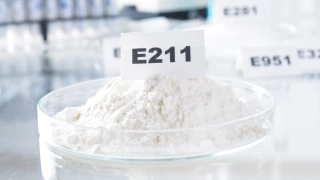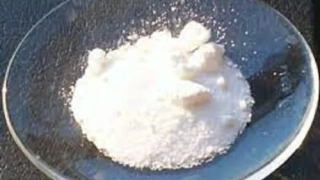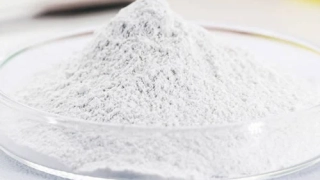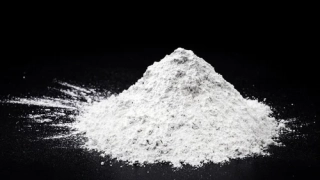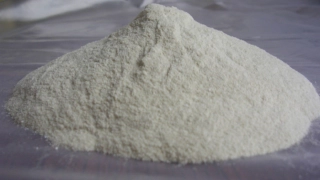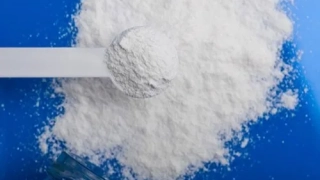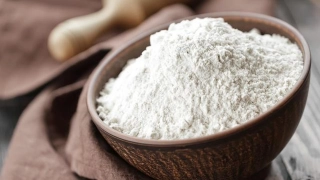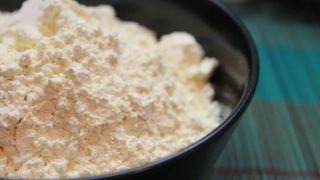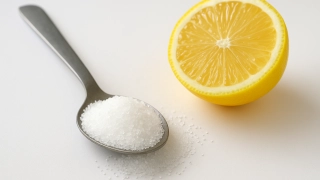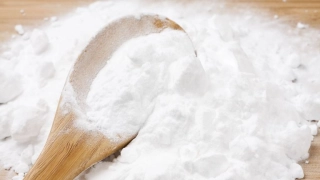Calcium Propionate (E282): Taste Profile, Aroma, Benefits and Health Risks
Calcium propionate (E282) is a preservative widely used in bakery products, cheeses, and processed foods to prevent mold and bacterial growth. It helps extend shelf life, reduce food waste, and maintain product freshness without significantly altering taste or appearance.
Calcium propionate is generally recognized as safe for most people. It is not associated with common allergies and is permitted in products for children and adults. Rarely, sensitive individuals may report mild digestive discomfort.
What does Calcium Propionate (E282) taste like?
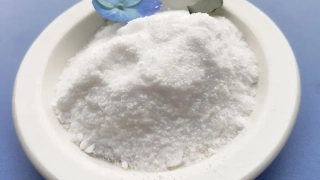
Complete Sensory Description
Taste: At permitted concentrations, calcium propionate is nearly tasteless but may impart a very faint, slightly bitter or soapy note at high levels.
Aroma: Odorless in pure form and does not affect the aroma of finished foods.
Texture: Has no impact on food texture or mouthfeel.
Appearance: White, crystalline powder or granules; invisible when dissolved or blended in products.
In-depth Flavor Analysis
Calcium propionate works as a preservative by inhibiting the growth of molds and some bacteria. Its molecular action targets fungal cell metabolism, preventing spoilage. At correct usage levels, it is sensory-neutral, but excessive amounts can lead to a subtle off-flavor, so food regulations control its maximum content in foods.
Varieties and Culinary Applications
Commonly found in packaged breads, buns, tortillas, cakes, pies, cheeses, and some processed meats. In the bakery industry, it is preferred because it does not affect yeast fermentation, unlike some other preservatives. Home use is extremely rare; it is almost exclusively used in commercial production.
Selection and Storage
Calcium propionate for food use is sold as a fine powder or granules in airtight packaging. Store in a cool, dry place, away from moisture. It is stable for extended periods when properly sealed.
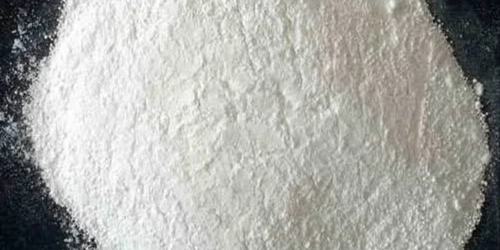
Nutritional Insights
Calcium propionate does not contribute calories, vitamins, or minerals at levels used in food. The added calcium is minimal and does not significantly affect dietary calcium intake.
Expert Insights & Culinary Tips
Food technologists appreciate calcium propionate for its effective mold inhibition in bakery products without impacting yeast performance. Chefs and bakers may notice that it helps keep bread and cakes fresher for longer, especially in humid climates.
Interesting and Curious Facts
Calcium propionate occurs naturally in some foods, such as Swiss cheese, where it forms during the fermentation process. Its use in industrial baking has played a significant role in reducing bread spoilage and waste worldwide.
Harm and Dietary Considerations
Safe for most individuals at approved levels, calcium propionate is not linked to significant health risks. Rarely, sensitive people—especially children—may experience mild digestive symptoms, such as bloating or discomfort. Regulatory authorities have established maximum permissible concentrations in foods.
Religious Dietary Considerations
Calcium propionate is synthetically produced and is accepted in Halal, Kosher, vegetarian, and vegan diets.
Final Thoughts & Sensory Journey
Calcium propionate (E282) quietly preserves freshness and safety in bakery products and cheeses, allowing consumers to enjoy mold-free foods with unchanged flavor and texture.
Resources
Belitz, H.-D., Grosch, W., & Schieberle, P. (2009). Food Chemistry (4th Edition). Springer. ISBN: 978-3540699330
Branen, A. L., Davidson, P. M., & Salminen, S. (2001). Food Additives (2nd Edition). Marcel Dekker. ISBN: 978-0824704382
Fennema, O. R. (1996). Food Chemistry (3rd Edition). Marcel Dekker. ISBN: 978-0824793546

